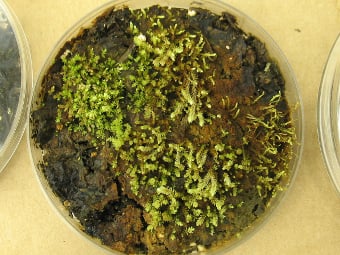
Scientists recently discovered mosses frozen in a glacier on Canada's Ellsmere Island. Using radio-carbon dating, Catherine La Farge of the University of Alberta in Edmonton determined that the mosses were alive about 400 years ago. What's interesting about these mosses is that they came back to life! While La Farge is not quite sure how the moss was able to survive in ice for so long, we can hypothesis that endospores may have something to do with it. If endospores kept the moss dormant for 400 years, than it is quite possible that it could stay dormant for 400 more, and still survive. Endospores are most common to bacteria, but it is possible that plants had adapted this trait. While there isn't a lot of conclusive evidence that plants obtained endospores, it may be a breakthrough for the scientific community.
Website Link:
NOS themes:
- Science is based on evidence- The moss returned to life in the lab.
- Role of skepticism- The moss was brought back to life in a lab and may not have been able to do so on its own.
- Role of Motivation and Curiosity- Scientists had to be curious about the possibility that life may have returned to the moss or they wouldn't have conducted an experiment.
I think that it's cool how moss can be brought back to life, and I wonder if the same thing could happen to humans because this link (http://news.bbc.co.uk/2/hi/americas/1192006.stm) tells a story about how a girl was outside in below freezing temperatures all night and still lived.
ReplyDeleteThis relates to things we were learning this term in class. The endospores allow the organism to stay dormant for a very long time, protected by the membrane. This article, http://www.sciencedaily.com/articles/e/endospore.htm, explains that an endospore is produced by a small number of non-reproductive bacteria. They are usually found in soil and water, which makes sense because the moss grows there.
ReplyDelete